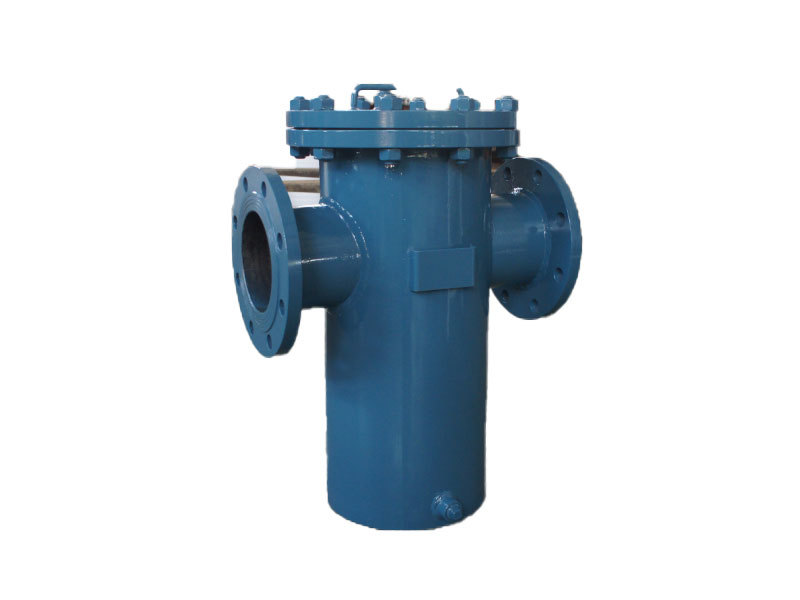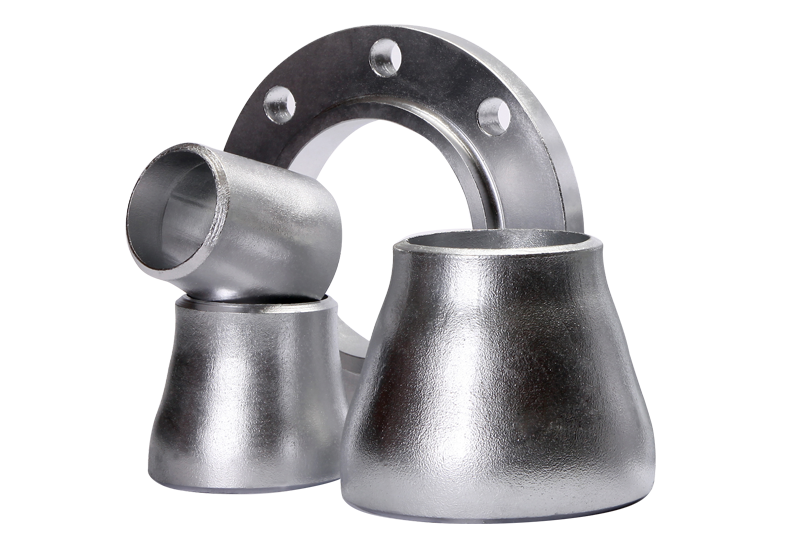Why Lap Flanges Are Crucial for Industrial Piping Efficiency
Release time:
2025-11-20
Why Lap Flanges Are Crucial for Industrial Piping Efficiency Table of Contents Introduction to Lap Flanges and Their Importance What Are Lap Flanges? Benefits of Using Lap Flanges in Industrial Piping Design and Materials Used in Lap Flanges Common Applications of Lap Flanges in Industry Installation and Maintenance Considerations Lap Flanges vs. Other Types of Flanges
Why Lap Flanges Are Crucial for Industrial Piping Efficiency
Table of Contents
- Introduction to Lap Flanges and Their Importance
- What Are Lap Flanges?
- Benefits of Using Lap Flanges in Industrial Piping
- Design and Materials Used in Lap Flanges
- Common Applications of Lap Flanges in Industry
- Installation and Maintenance Considerations
- Lap Flanges vs. Other Types of Flanges
- Conclusion
- FAQs About Lap Flanges
Introduction to Lap Flanges and Their Importance
In the realm of industrial piping systems, the efficiency and reliability of connections play a pivotal role in overall performance. One often overlooked yet vital component in ensuring proper connectivity and functionality is the **lap flange**. Understanding the significance of lap flanges can lead to improved productivity, reduced downtime, and increased safety within industrial operations. In this article, we explore the critical role that lap flanges play in enhancing industrial piping efficiency and why they should be a priority in any piping system design.
What Are Lap Flanges?
Lap flanges can be defined as flanged components that connect two sections of pipe or equipment, typically featuring a flat surface that overlaps the pipe's end. This design allows for a secure and **leak-proof** connection, accommodating thermal expansion and contraction, as well as vibration from system operation.
**Lap flanges** are especially popular in applications involving **high pressures** and **temperatures**, as they provide excellent sealing capabilities compared to other flange types. The lap joint design allows for angular movement and easier alignment during installation, making them an ideal choice for various industrial applications.
Benefits of Using Lap Flanges in Industrial Piping
The advantages of implementing lap flanges in industrial piping systems are numerous. Here are some of the most significant benefits:
1. Enhanced Sealing Capability
Lap flanges offer superior sealing properties due to their design, which prevents leaks from occurring. This is particularly important in systems that transport hazardous materials or operate under high pressure. The tight seal achieved with lap flanges minimizes the risk of spills, ensuring a safer working environment.
2. Flexibility and Alignment
One notable feature of lap flanges is their ability to accommodate misalignment during installation. The overlapping design allows for easier adjustments, making it simpler for engineers and technicians to achieve proper alignment without the need for extensive modifications to the piping system.
3. Reduced Maintenance Costs
By using lap flanges, industries can significantly reduce maintenance costs. The robust design of lap flanges minimizes wear and tear, leading to fewer replacements and repairs. Additionally, the flanges can be easily disassembled for routine inspections, further decreasing downtime and maintenance expenses.
4. Compatibility with Various Materials
Lap flanges can be manufactured from a variety of materials, including **stainless steel**, **carbon steel**, and **special alloys**. This versatility ensures that lap flanges can be used across a wide range of applications, accommodating different environmental conditions and media types.
5. Simplified Installation Process
The installation of lap flanges is straightforward, which can save valuable time during the construction or maintenance of piping systems. Their design allows for quicker assembly and disassembly compared to other types of flanges, which can be advantageous in high-paced industrial environments.
Design and Materials Used in Lap Flanges
The design and materials of lap flanges are essential factors that contribute to their effectiveness in industrial applications.
1. Design Features
Lap flanges typically feature a flat face that overlaps the pipe or fitting. This design allows for a larger contact area, which enhances sealing capabilities. Some lap flanges even include raised faces or grooves for additional sealing efficiency.
2. Material Considerations
When selecting lap flanges, it is crucial to consider the material used in their fabrication. Common materials include:
- **Stainless Steel**: Known for its corrosion resistance and durability, stainless steel is an excellent choice for applications involving chemicals or high temperatures.
- **Carbon Steel**: Carbon steel is often chosen for its strength and affordability. It is suitable for standard applications with less severe conditions.
- **Alloy Steel**: Special alloys can be used for lap flanges in specific environments, providing enhanced resistance to heat, pressure, and corrosive substances.
Common Applications of Lap Flanges in Industry
Lap flanges are widely used across various industries due to their reliability and performance. Some common applications include:
1. Oil and Gas Industry
In the oil and gas sector, lap flanges are critical for ensuring safe and efficient connections in pipelines transporting crude oil, natural gas, and refined products. Their ability to withstand high pressures and temperatures makes them ideal for this demanding environment.
2. Chemical Processing Plants
Chemical processing facilities often use lap flanges in piping systems to transport various chemicals. The corrosion-resistant properties of certain lap flanges ensure that they can handle aggressive media without compromising system integrity.
3. Power Generation
In power plants, lap flanges are utilized in steam and cooling water systems. The robust design of these flanges can handle extreme thermal stress, ensuring efficient operation and minimizing downtime.
4. Water and Wastewater Treatment
Lap flanges are commonly used in water treatment systems to connect piping for clean and wastewater. Their reliability ensures a leak-free environment, which is crucial in preventing contamination.
5. HVAC Systems
In heating, ventilation, and air conditioning (HVAC) systems, lap flanges provide secure connections between ductwork and piping, enhancing efficiency and performance in residential and commercial applications.
Installation and Maintenance Considerations
Proper installation and maintenance of lap flanges are essential for ensuring their longevity and performance.
1. Installation Guidelines
During installation, it is vital to:
- Inspect the flange surfaces for any damage or imperfections.
- Ensure that all components are clean and free from debris.
- Use the appropriate gasket material to enhance sealing effectiveness.
- Tighten bolts evenly to the manufacturer’s recommended torque specifications to avoid warping or distortion.
2. Maintenance Practices
Routine inspections of lap flanges should be conducted to check for leaks or signs of wear. Regular cleaning and maintenance will prolong the life of the flanges and the overall piping system.
Lap Flanges vs. Other Types of Flanges
Comparing lap flanges with other types of flanges can help in understanding their unique benefits.
1. Slip-On Flanges
Slip-on flanges are designed to slide over a pipe and are welded in place. While they are easier to install than lap flanges, they do not provide the same level of sealing capability and can be more prone to leaks.
2. Weld Neck Flanges
Weld neck flanges are welded directly to the pipe, providing strength and durability. However, they are more complex to install and can be more expensive compared to lap flanges.
3. Blind Flanges
Blind flanges are used to seal the end of a piping system. While they are effective in certain applications, they do not provide the same flexibility or ease of maintenance as lap flanges.
Conclusion
Lap flanges are an indispensable component in the realm of industrial piping. Their ability to enhance sealing, accommodate misalignment, and reduce maintenance costs makes them essential for achieving **optimal efficiency** in various applications. By understanding the benefits and proper utilization of lap flanges, industries can ensure the longevity and performance of their piping systems, ultimately leading to increased productivity and safety.
FAQs About Lap Flanges
1. What is the primary advantage of using lap flanges?
The primary advantage of lap flanges is their superior sealing capability, which minimizes leakage and enhances the reliability of piping systems.
2. In which industries are lap flanges commonly used?
Lap flanges are widely used in industries such as oil and gas, chemical processing, power generation, water treatment, and HVAC systems.
3. What materials are typically used to manufacture lap flanges?
Common materials for lap flanges include stainless steel, carbon steel, and various alloys, chosen based on the specific requirements of the application.
4. How can I ensure proper installation of lap flanges?
Proper installation involves inspecting flange surfaces, using the correct gasket materials, and tightening bolts to the recommended torque specifications.
5. How often should lap flanges be inspected for maintenance?
Routine inspections should be conducted regularly to check for leaks and wear, ensuring that the flanges and piping system remain in optimal condition.
Key words:
Related News







